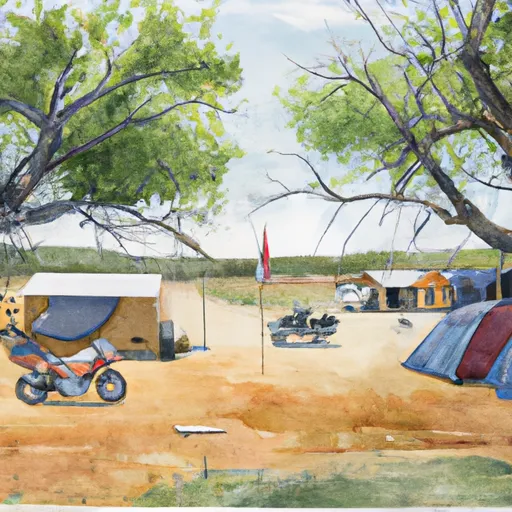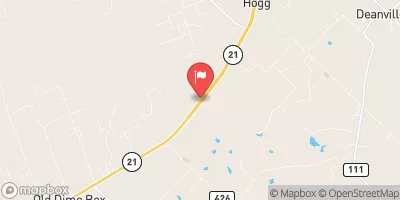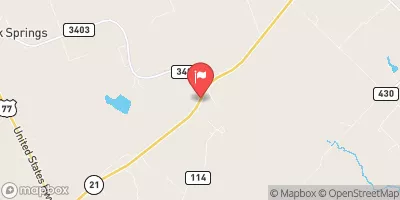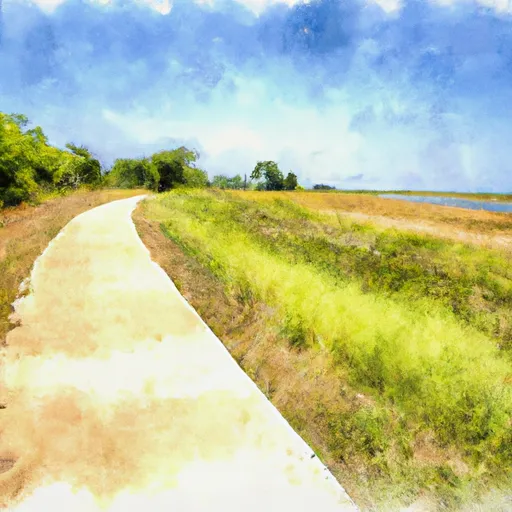Summary
From scenic landscapes to recreational opportunities, these campgrounds cater to a wide range of outdoor enthusiasts.
When it comes to amenities, many of the camping areas in Texas provide essential facilities such as drinking water, restrooms, picnic tables, and fire rings. Some sites may offer additional amenities like showers, electricity, dump stations, and even Wi-Fi access, so it is advisable to check the specific campground's website or contact park authorities for accurate information.
Reservations policies vary across different camping areas in Texas. While some campgrounds operate on a first-come, first-served basis, others require reservations in advance. It is recommended to make reservations, especially during peak seasons or weekends, to secure a spot.
The best time to visit these camping areas largely depends on personal preferences and the desired activities. Spring and fall seasons generally offer mild temperatures and pleasant weather for outdoor activities like hiking, fishing, and wildlife watching. However, summer can be quite hot and humid in Texas, so it is advisable to plan accordingly and ensure access to shade, water, and appropriate clothing. Winter camping can also be an option, with cooler temperatures and fewer crowds, but be prepared for possible cold snaps and periodic closures due to inclement weather.
While each camping area has its own charm, there are a few noteworthy places to explore in the state of Texas. Garner State Park, located along the Frio River, is known for its scenic beauty and opportunities for swimming, tubing, and hiking. Big Bend National Park, situated along the Rio Grande, offers stunning desert landscapes, hiking trails, and opportunities for stargazing. Palo Duro Canyon State Park is another remarkable destination, famously referred to as the "Grand Canyon of Texas," featuring vibrant rock formations and various outdoor activities such as horseback riding and mountain biking.
As with any camping experience, it is essential to be cautious and aware of potential risks. Some camping areas in Texas may have wildlife, such as snakes or bears, so it is crucial to take necessary precautions and follow guidelines provided by park authorities. Additionally, it is advisable to store food properly to avoid attracting unwanted wildlife. Lastly, always practice Leave No Trace principles, respecting the natural environment and leaving the camping area as pristine as possible for future visitors.
Overall, Texas offers a plethora of camping options, each with its own amenities, reservation policies, and recommended seasons. By researching specific campgrounds and verifying information from multiple independent sources, campers can confidently plan their stay and make the most of their outdoor experience in the Lone Star State.
Weather Forecast
Nearby Streamflow Levels
Camping Essential Practices
Take all trash, food scraps, and gear back with you to keep campsites clean and protect wildlife.
Respect Wildlife
Observe animals from a distance, store food securely, and never feed wildlife to maintain natural behavior and safety.
Know Before You Go
Check weather, fire restrictions, trail conditions, and permit requirements to ensure a safe and well-planned trip.
Minimize Campfire Impact
Use established fire rings, keep fires small, fully extinguish them, or opt for a camp stove when fires are restricted.
Leave What You Find
Preserve natural and cultural features by avoiding removal of plants, rocks, artifacts, or other elements of the environment.

 84
84
 85
85
 78
78
 83
83
 86
86
 112
112






 Washington County
Washington County
 Yegua Creek Park
Yegua Creek Park
 Welch Park - Lake Somerville
Welch Park - Lake Somerville
 Lake Somerville State Park and Trailway
Lake Somerville State Park and Trailway